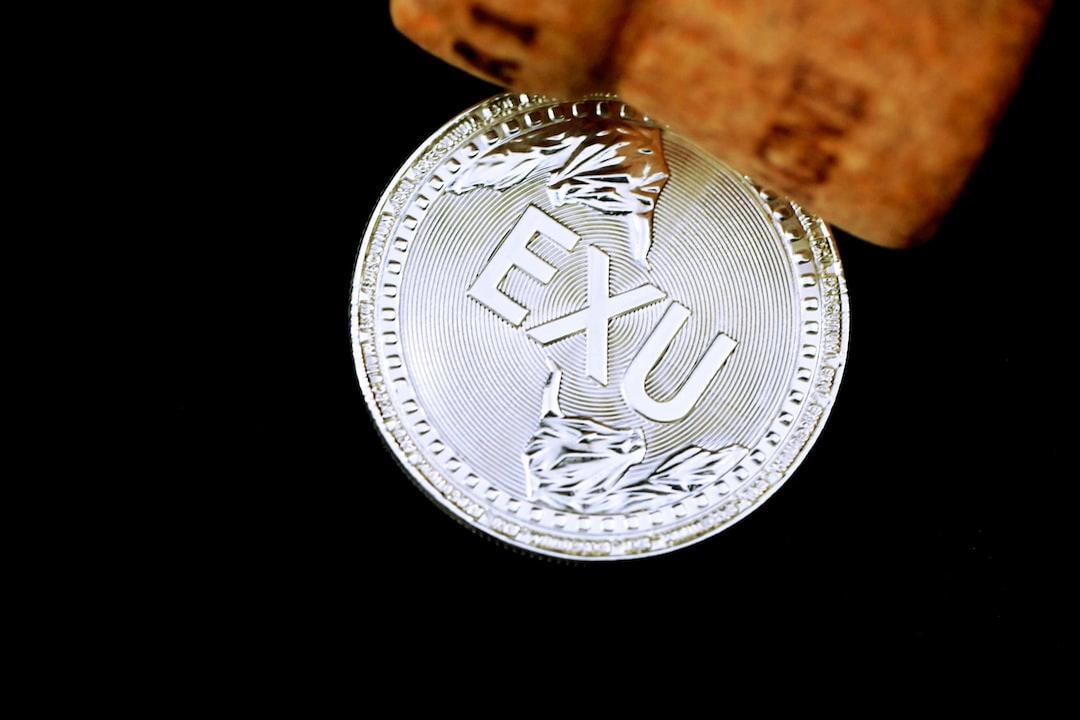Bitcoin (BTC) is starting the first week of its new halving epoch with strong momentum as bulls push the price closer to $70,000. After a period of volatility and a drop to six-week lows, Bitcoin is testing traders’ confidence. However, analysts believe that halvings typically lead to a price decline followed by a recovery, usually over several months. This halving cycle has been unique, with Bitcoin reaching a new all-time high before the event itself. As miners adjust to the new reality and Bitcoin navigates global geopolitical and macroeconomic challenges, the possibilities for 2024 are wide open.
Liquidity is currently limiting Bitcoin’s post-halving rebound. After a quiet weekly close, BTC/USD surged past $66,000, its highest level since April 15. Traders are closely watching the pair as they await the opening of Wall Street. The order book setup shows a significant block of ask liquidity just above the current price, which may be preventing a strong upward movement. This liquidity was not present during Wall Street trading hours, suggesting that market participants are strategically placing it to avoid selling at lower prices. Bitcoin is currently eating through some of this liquidity, but it has not liquidated many short positions.
Analysts are now focused on Bitcoin’s price range in the aftermath of the halving. Rekt Capital suggests that BTC/USD is in a “re-accumulation phase” and consolidation around the halving could act as a springboard for long-term gains. This theory suggests that any downside in Bitcoin’s price during this period represents a buying opportunity. The market is also closely watching US macroeconomic data, including GDP and jobless claims, as well as the PCE Index, which is the Federal Reserve’s preferred inflation measure. The Fed’s monetary policy decisions will have a significant impact on risk assets, including Bitcoin.
Bitcoin’s transaction fees have been a topic of concern since the halving, reaching nearly $200 at one point. Despite the reduction in block subsidy, Bitcoin miners have seen high earnings due to increased transaction fees. Charles Edwards explains that the new halving epoch represents a seismic shift for Bitcoin, with the cost of electricity per mined block exceeding the spot price. He expects a combination of BTC price increase, unprofitable miners shutting down, and high transaction fees to balance out the situation.
While stock markets are experiencing uncertainty, crypto sentiment has turned positive. The Crypto Fear and Greed Index, which measures sentiment in the crypto market, is currently indicating “greed” at 73/100. Just days ago, it was at 57/100, indicating a lack of greed. This shift in sentiment, along with a reset in trader positioning for Bitcoin, could lead to a broader market rebound. However, readers should conduct their own research and make their own investment decisions, as this article does not provide investment advice.

